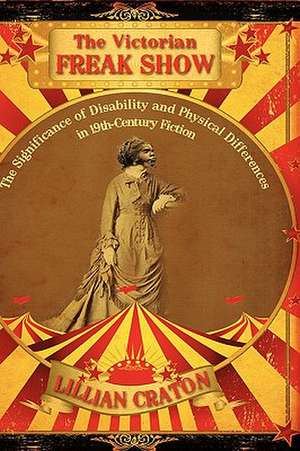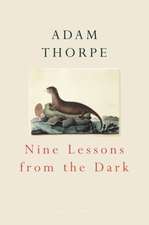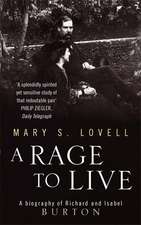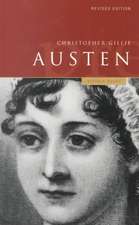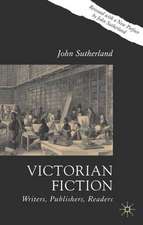The Victorian Freak Show: The Significance of Disability and Physical Differences in 19th-Century Fiction
Autor Lillian E. Craton, Cratonen Limba Engleză Hardback – 31 oct 2009
Preț: 623.75 lei
Preț vechi: 678.00 lei
-8% Nou
Puncte Express: 936
Preț estimativ în valută:
119.39€ • 129.73$ • 100.35£
119.39€ • 129.73$ • 100.35£
Carte tipărită la comandă
Livrare economică 21 aprilie-05 mai
Preluare comenzi: 021 569.72.76
Specificații
ISBN-13: 9781604976533
ISBN-10: 1604976535
Pagini: 260
Dimensiuni: 152 x 229 x 19 mm
Greutate: 0.55 kg
Ediția:New.
Editura: Cambria Press
ISBN-10: 1604976535
Pagini: 260
Dimensiuni: 152 x 229 x 19 mm
Greutate: 0.55 kg
Ediția:New.
Editura: Cambria Press
